Optimizing Material Handling Equipment for Fabrication & Warehouses
The material handling landscape constantly evolves, and fabrication shops and warehouses must adopt the right equipment to stay ahead. From improving operational efficiency to enhancing safety, material handling equipment plays a crucial role in streamlining workflows and reducing downtime. As industries shift toward automation and ergonomic solutions, understanding the best tools for the job becomes more important than ever. This guide explores the latest advancements in material handling equipment, providing insights into the best solutions for fabrication shops and warehouses.
Introduction
The material handling landscape constantly evolves, and fabrication shops and warehouses must adopt the right equipment to stay ahead. From improving operational efficiency to enhancing safety, material handling equipment plays a crucial role in streamlining workflows and reducing downtime. As industries shift toward automation and ergonomic solutions, understanding the best tools for the job becomes more important than ever.
This guide explores the latest advancements in material handling equipment, providing insights into the best solutions for fabrication shops and warehouses.
The Role of Material Handling Equipment in Modern Warehousing
Warehousing and fabrication operations have grown increasingly complex, requiring solutions that optimize material movement while ensuring safety and efficiency. The right material handling equipment transforms operations, reducing manual handling and boosting productivity. It also minimizes workplace injuries, particularly those related to lifting heavy slabs. Additionally, optimized storage solutions help maximize space utilization and organization, reducing material damage and unnecessary operational costs.
Investing in the right tools also supports business growth. As fabrication shops scale, having efficient lifting and transport systems ensures seamless expansion without significant disruptions to workflow. With the right material handling solutions in place, warehouses can improve efficiency and profitability while maintaining safety standards.
Essential Material Handling Equipment for Fabrication Shops & Warehouses
Overhead & Jib Cranes: Heavy-Duty Lifting Solutions
Cranes are a game-changer for material handling in fabrication shops. Overhead cranes, also known as bridge cranes, provide smooth and efficient slab movement, especially when integrated with vacuum lifters. For outdoor storage areas or quarries, gantry cranes offer flexibility in moving heavy stone blocks. Jib cranes, ideal for confined spaces, come in both wall-mounted and freestanding options, ensuring precision lifting even in compact environments.
Vacuum Lifters: Safe & Precise Handling
Handling polished stone and delicate materials demands precision. Vacuum lifters provide secure lifting without causing damage, reducing material waste and labor costs.
For mobility and installation sites, battery-powered vacuum lifters offer a portable and flexible solution. They effortlessly pick up workpieces from a horizontal position and easily transition them to a vertical position for placement onto a transport frame.
Pneumatic vacuum lifters are another excellent option, specifically designed for both smooth and rough surfaces of marble and granite slabs. They ensure a firm and secure grip, making handling more efficient and reliable.
For manual lifting tasks, handheld vacuum lifters provide a sturdy and durable option. The Hand Vacuum Cup Lifter is made of aluminum and features an ergonomic handle, an integrated vacuum gauge, and a priming pump for optimal performance.
Slab Lifters & Lifting Clamps: Secure Transport Solutions
Transporting heavy stone slabs requires specialized equipment for safety and precision. Slab lifters securely handle stone sheets and porcelain, preventing surface damage with an auto-lock mechanism for seamless lifting.
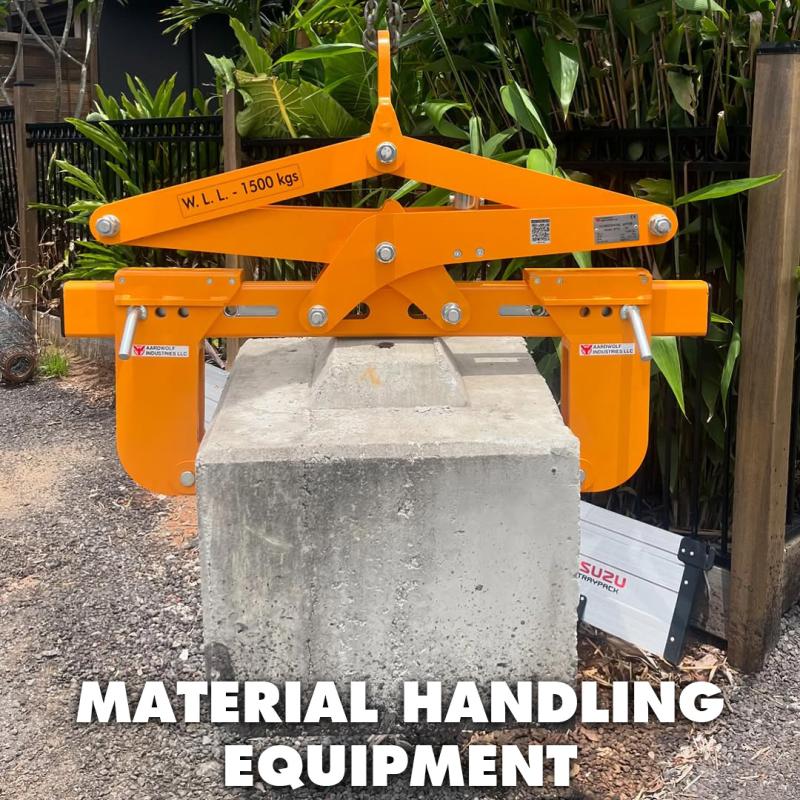
Scissor clamp lifters offer adjustable grip and rubber contact pads, ensuring the safe handling of marble, granite, concrete barriers, and curbs. Their gravity-controlled locking system allows effortless operation.
For larger stone blocks, stone block clamps provide an effective lifting solution commonly used in warehouses and quarries.
Forklifts with Specialized Attachments: Warehouse Efficiency
Forklifts are essential in warehouse operations, and specialized attachments enhance their efficiency and safety. Boom attachments extend lifting reach, making it easier to transport large stone slabs when paired with slab lifters. Heavy-duty forklifts streamline bulk material handling, while slab clamps ensure a secure grip, preventing damage. By integrating the right attachments, warehouses can optimize workflow, reduce costs, and improve productivity.
A-Frames & Storage Racks: Maximizing Space & Organization
Efficient storage solutions prevent material damage and enhance inventory management. A-frame racks keep slabs upright, minimizing the risk of tipping, while slab racks and bundle racks offer stable storage for multiple slabs. For seamless transportation, transport frames ensure the safe and efficient movement of heavy slabs, reducing manual handling risks and improving workplace productivity.
Conveyor Systems & Roller Tables: Seamless Workflow
Automation in material handling reduces manual workload and increases operational speed. Powered roller conveyors automate material movement, cutting down handling time. Turntables and tilt tables allow for precision positioning, improving efficiency during cutting and polishing processes. Hydraulic tilt tables, with adjustable angles, provide ergonomic handling that minimizes worker strain and enhances safety.
How to Choose the Right Material Handling Equipment
Selecting the best material handling equipment requires a thorough evaluation of various factors.
First, consider load capacity—the equipment should support the heaviest materials in your facility without straining operations.
Next, evaluate the material type. While vacuum lifters work best for polished slabs, rougher materials might require mechanical clamps for a secure grip.
The warehouse layout also plays a key role in optimizing material flow; integrating the right storage and handling solutions ensures smooth operations.
Safety is another critical factor. Equipment with anti-slip surfaces, secure locking mechanisms, and ergonomic designs helps reduce workplace injuries.
Additionally, businesses looking to scale should consider automation needs—robotic and AI-assisted handling systems can significantly improve efficiency in high-volume warehouses.
Emerging Trends in Material Handling Equipment
The future of material handling equipment is driven by automation and smart technology. Automated guided vehicles (AGVs) are revolutionizing warehouses by reducing human intervention in material transport. AI-based inventory management systems help businesses track and optimize their operations more efficiently. Advanced robotics also make waves, increasing precision and reducing human error in handling processes.
Another major trend is the shift toward energy-efficient solutions. With sustainability becoming a priority, businesses are investing in eco-friendly, battery-powered lifting systems that reduce their environmental impact without compromising performance.
Final Thoughts
From vacuum lifters and cranes to forklifts and conveyors, selecting the right material handling equipment is essential for ensuring efficiency, safety, and cost-effectiveness. Businesses that invest in advanced solutions can optimize their workflows, protect valuable materials, and maintain a competitive edge in the industry.













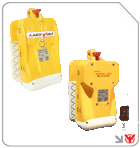

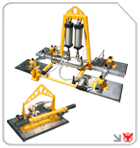
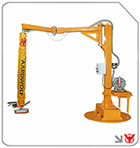
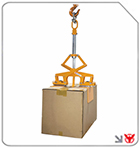
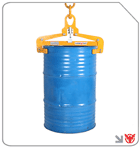

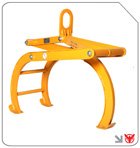

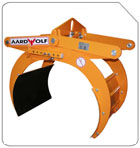
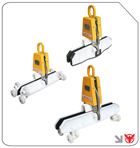

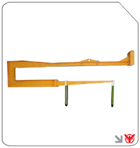
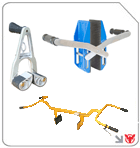
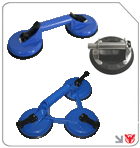

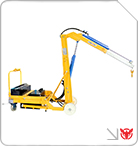

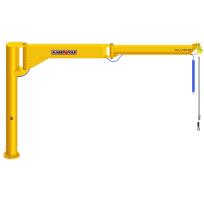
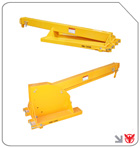
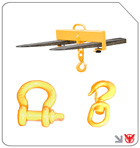
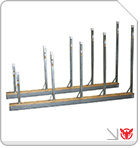
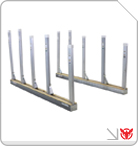
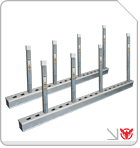



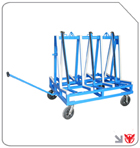

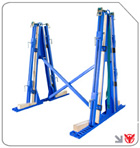
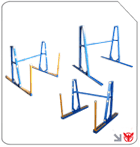
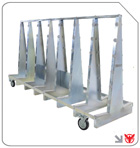
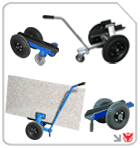


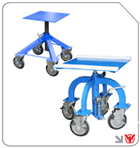




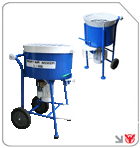

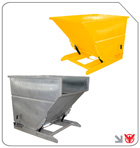

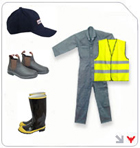
Follow us on: